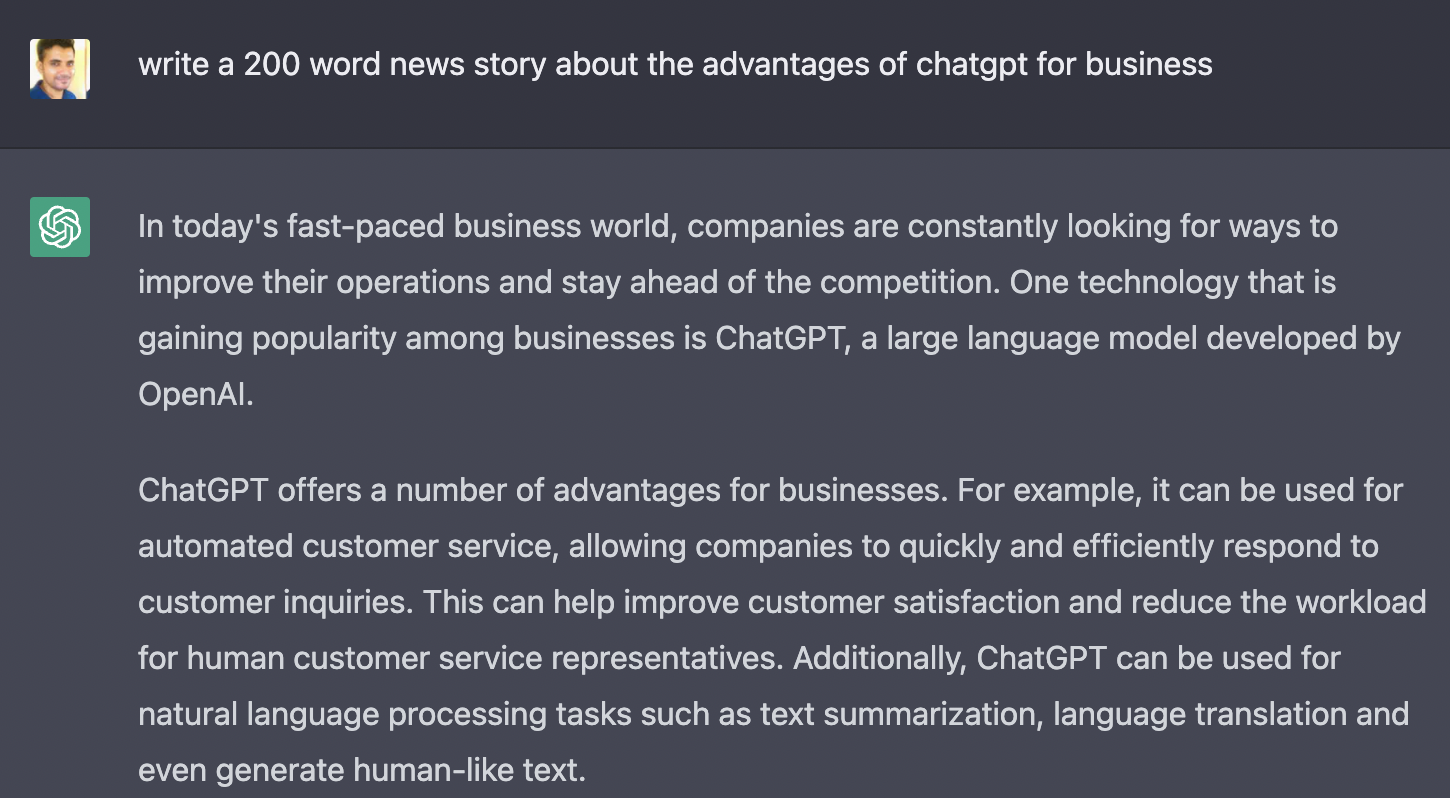Understanding the Fundamentals of Storytelling
Understanding the Fundamentals of Storytelling is a crucial foundation for using AI to generate compelling narratives. It's about recognizing the core elements that make a story engaging and effective, regardless of whether a human or AI is crafting it. For writers and marketers, this knowledge allows them to guide AI towards creating content that resonates with their audience and achieves specific goals.
Here are the key elements:
Character: Who is the story about? Understanding character archetypes (hero, villain, mentor), motivations, flaws, and goals is essential. AI needs to understand the persona it's creating, even in a simple advertisement. Example: Instead of just "a customer uses our product," the AI can generate "a struggling entrepreneur, overwhelmed with tasks, discovers our software simplifies their workflow, freeing up time for strategic growth."
Setting: Where and when does the story take place? The setting provides context and influences the plot and characters. It's more than just location; it encompasses atmosphere, culture, and time period. Example: A romance novel set in a bustling modern city will have a different feel than one set in a remote, historical village. Providing this context to the AI will greatly improve the quality of its narrative.
Plot: What happens in the story? The plot is the sequence of events that drive the narrative, often involving conflict, rising action, climax, and resolution. Understanding plot structures (e.g., the hero's journey) helps writers structure the AI prompt. Example: A marketing campaign for a new energy drink can use a "challenge and overcome" plot: a character faces fatigue during a workout, drinks the product, and powers through to achieve their fitness goals.
Conflict: What challenges do the characters face? Conflict is the driving force of the story. It can be internal (struggle with a character's own beliefs) or external (struggle against another character, nature, or society). Example: In a sales letter, the conflict could be the customer's problem that the product solves.
Theme: What is the underlying message or idea? The theme is the central idea or concept the story explores. It provides meaning and depth. Example: A brand's theme could be "empowerment" or "connection." The AI should be prompted to generate stories that align with this theme.
By understanding these fundamentals, writers and marketers can craft more effective AI prompts, ensuring the generated content is not just grammatically correct but also compelling and emotionally resonant. It's about providing the AI with the building blocks of a good story so it can assemble them in a creative and engaging way. If you input poor elements into the prompt, the output from the AI will also be poor.

Understanding the Fundamentals of Storytelling
Understanding the Fundamentals of Storytelling is a crucial foundation for using AI to generate compelling narratives. It's about recognizing the core elements that make a story engaging and effective, regardless of whether a human or AI is crafting it. For writers and marketers, this knowledge allows them to guide AI towards creating content that resonates with their audience and achieves specific goals.
Here are the key elements:
Character: Who is the story about? Understanding character archetypes (hero, villain, mentor), motivations, flaws, and goals is essential. AI needs to understand the persona it's creating, even in a simple advertisement. Example: Instead of just "a customer uses our product," the AI can generate "a struggling entrepreneur, overwhelmed with tasks, discovers our software simplifies their workflow, freeing up time for strategic growth."
Setting: Where and when does the story take place? The setting provides context and influences the plot and characters. It's more than just location; it encompasses atmosphere, culture, and time period. Example: A romance novel set in a bustling modern city will have a different feel than one set in a remote, historical village. Providing this context to the AI will greatly improve the quality of its narrative.
Plot: What happens in the story? The plot is the sequence of events that drive the narrative, often involving conflict, rising action, climax, and resolution. Understanding plot structures (e.g., the hero's journey) helps writers structure the AI prompt. Example: A marketing campaign for a new energy drink can use a "challenge and overcome" plot: a character faces fatigue during a workout, drinks the product, and powers through to achieve their fitness goals.
Conflict: What challenges do the characters face? Conflict is the driving force of the story. It can be internal (struggle with a character's own beliefs) or external (struggle against another character, nature, or society). Example: In a sales letter, the conflict could be the customer's problem that the product solves.
Theme: What is the underlying message or idea? The theme is the central idea or concept the story explores. It provides meaning and depth. Example: A brand's theme could be "empowerment" or "connection." The AI should be prompted to generate stories that align with this theme.
By understanding these fundamentals, writers and marketers can craft more effective AI prompts, ensuring the generated content is not just grammatically correct but also compelling and emotionally resonant. It's about providing the AI with the building blocks of a good story so it can assemble them in a creative and engaging way. If you input poor elements into the prompt, the output from the AI will also be poor.
